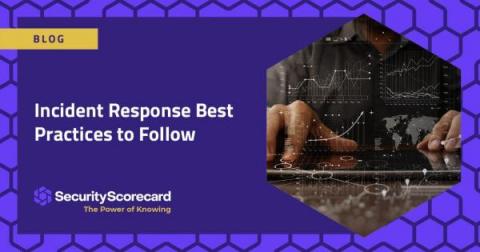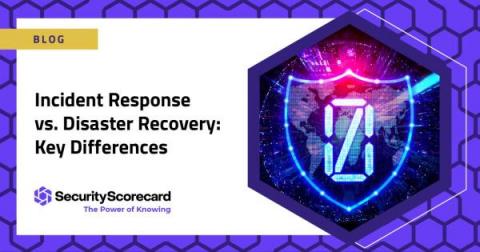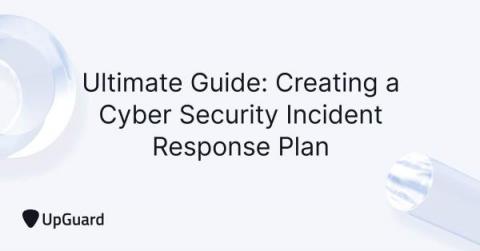8 Essential Elements for an Incident Response Plan
In the first blog of our two-part incident response series, we explained how your organization can jump-start its incident response. In this second part, we’ll focus on the essential elements of an incident response plan—a critical factor for any company trying to recover from an incident quickly and confidently.











